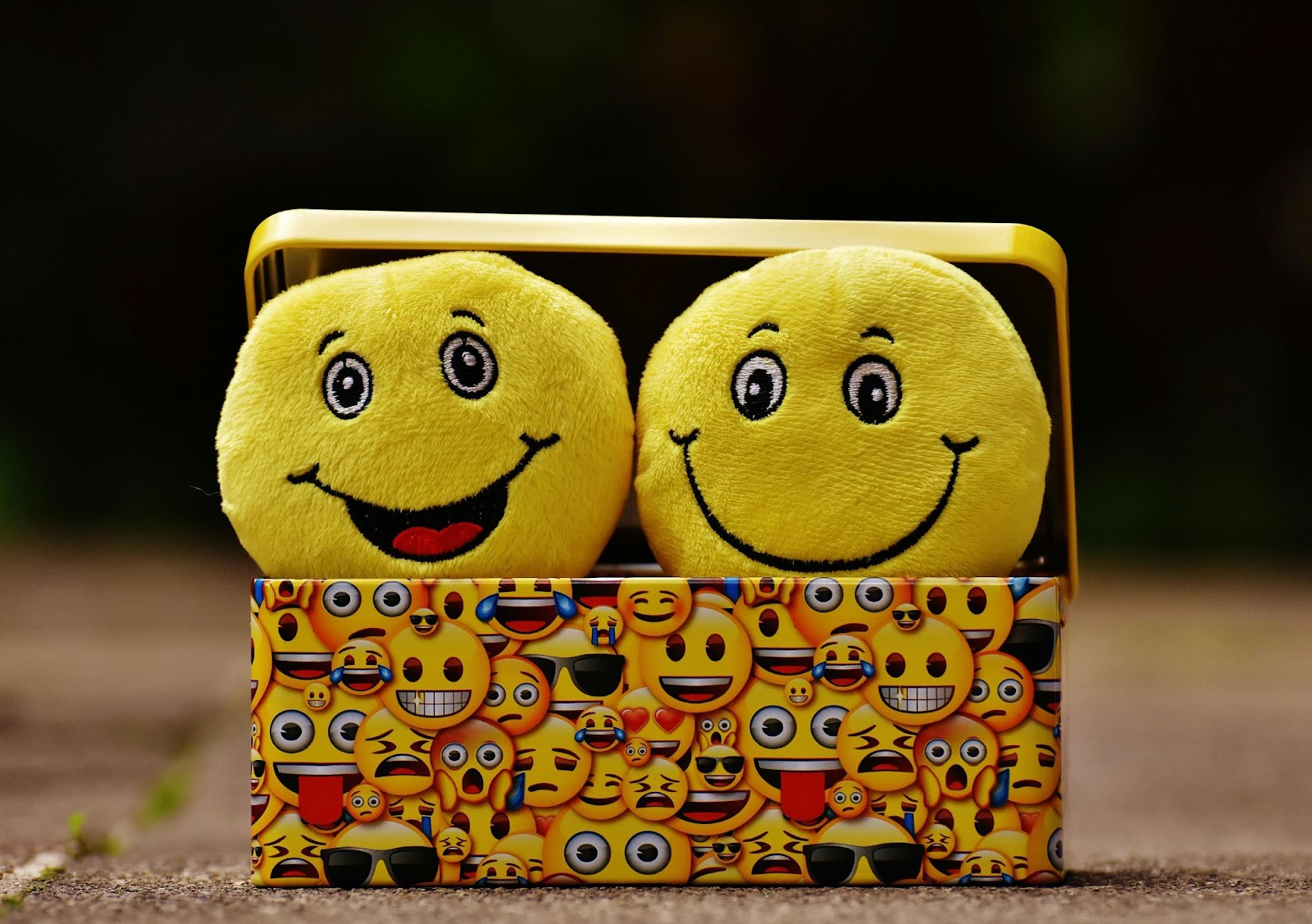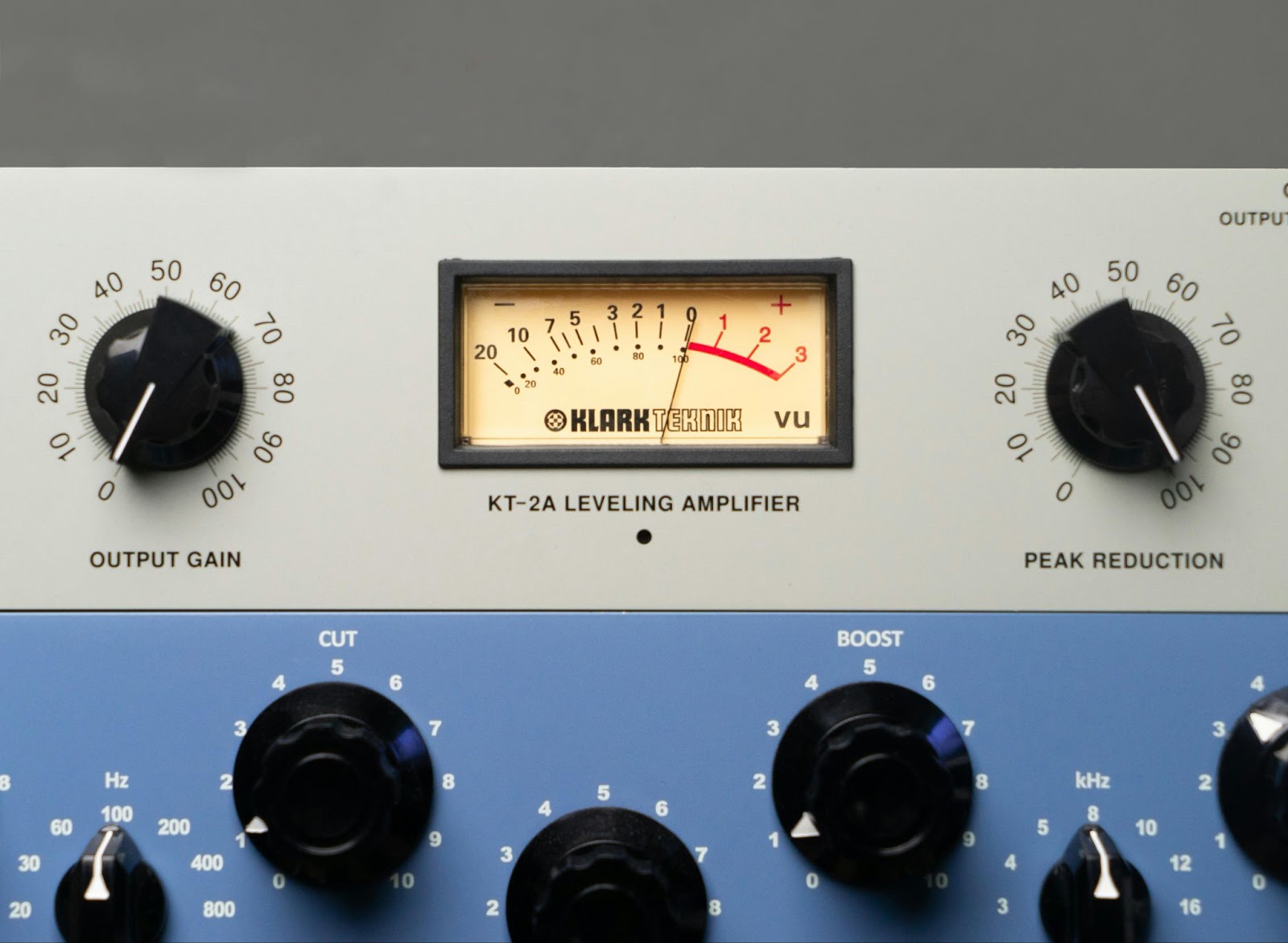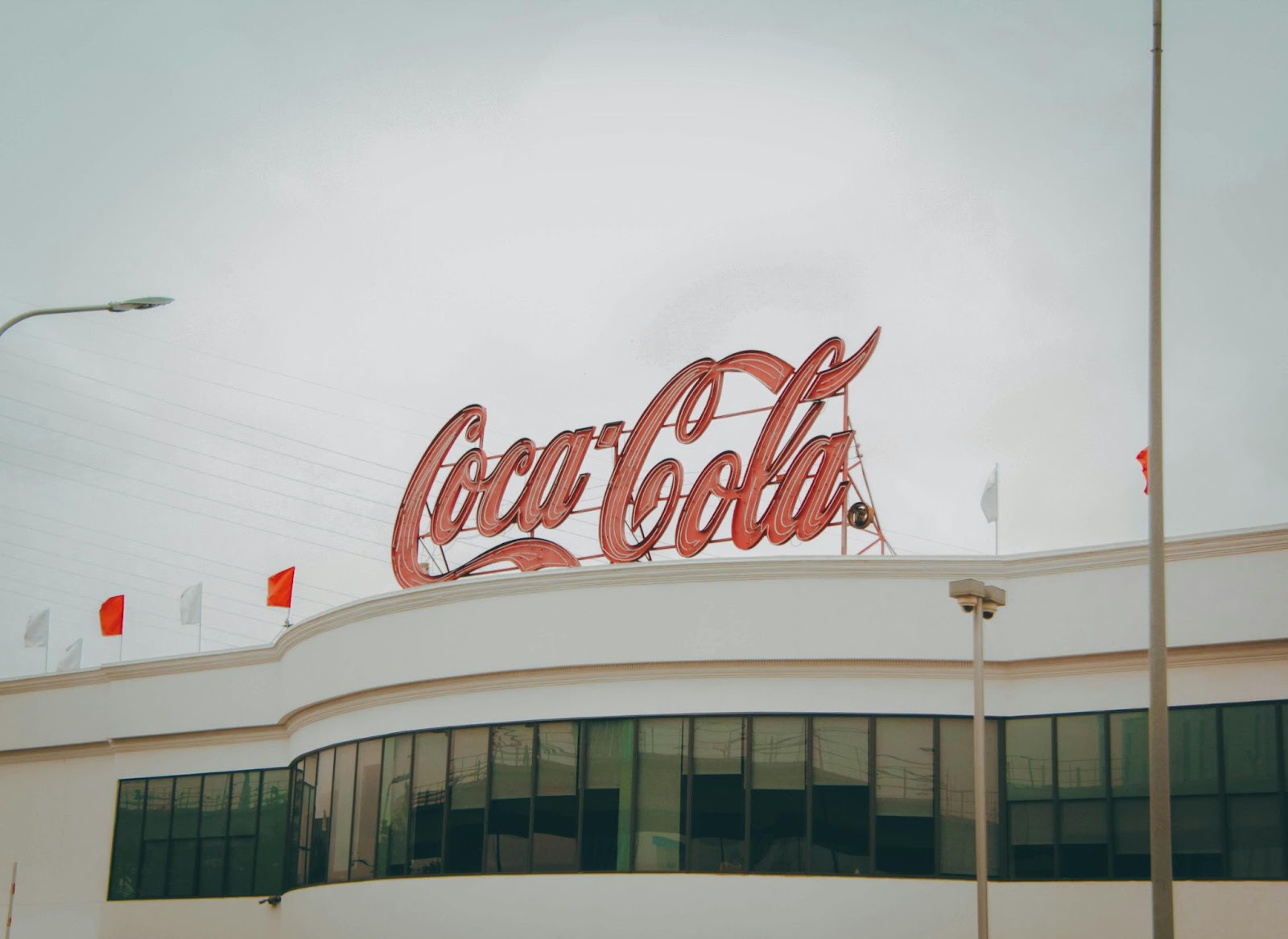Introduction
Ever wondered why some brands effortlessly capture attention and build loyal followings? It’s not luck—it’s psychology at work. The biggest and most successful brands understand how human behavior influences decision-making, and they leverage psychological principles to connect with their audience, build trust, and drive conversions.
The good news? You don’t need a psychology degree to apply these strategies to your business. In this article, we’ll walk you through 10 easy, research-backed psychological tactics that can help elevate your brand, increase engagement, and boost sales—without resorting to manipulative tactics.
Let’s dive in!

1. Leverage Color Psychology to Evoke the Right Emotions
Colors are powerful. They can shape perceptions, influence emotions, and even drive actions. Big brands like Coca-Cola, Facebook, and McDonald’s use color strategically to reinforce their brand message.
Here’s how different colors influence consumer behavior:
- Blue → Trust & Reliability (Think: Facebook, PayPal, LinkedIn)
- Red → Excitement & Urgency (Think: Coca-Cola, YouTube, Target)
- Green → Health & Sustainability (Think: Whole Foods, Starbucks)
- Yellow → Optimism & Energy (Think: McDonald’s, IKEA)
🔹 Quick Win: Choose a brand color scheme that aligns with the emotions and message you want to convey.
📌 SEO Tip: Optimize for keywords like “color psychology in branding” and “how colors affect consumer behavior” to improve search ranking.
2. Build Trust Through Brand Consistency
Consumers trust brands that show up consistently across all touchpoints—your website, social media, emails, and even packaging. Inconsistent branding creates confusion and erodes trust.
🔹 Quick Win: Use the same fonts, colors, tone of voice, and messaging across all platforms to create a seamless and trustworthy experience.
📊 Stat: 81% of consumers say trust is a deciding factor when purchasing from a brand. (Source)
📌 SEO Tip: Optimize for “branding consistency,” “how to build brand trust,” and “importance of brand consistency.”

3. Use Social Proof to Boost Credibility
Humans are wired to follow the crowd—this is called social proof. Seeing others trust and love a brand makes new customers more likely to do the same.
🔹 Quick Win: Showcase customer testimonials, reviews, user-generated content, and case studies on your website and social media.
💡 Example: Amazon thrives on social proof. Their star ratings and reviews heavily influence purchase decisions.
📌 SEO Tip: Target keywords like “social proof marketing,” “how to use testimonials effectively,” and “importance of online reviews.”
4. Connect Emotionally Through Storytelling
People remember stories more than facts. Great brands use storytelling to create an emotional bond with their audience.
🔹 Quick Win: Share your brand’s mission, struggles, and success stories in an authentic way.
💡 Example: Nike’s “Just Do It” campaigns tell empowering stories rather than just selling shoes.
📌 SEO Tip: Optimize for “brand storytelling,” “how to use storytelling in marketing,” and “emotional branding strategies.”

5. Create a Sense of Urgency to Drive Action
Scarcity and urgency trigger FOMO (Fear of Missing Out) and encourage people to take action now instead of later.
🔹 Quick Win: Add “limited-time offers,” countdown timers, or “only X left in stock” messages to prompt faster decisions.
📊 Stat: 60% of consumers have made a purchase due to FOMO. (Source)
📌 SEO Tip: Optimize for “urgency marketing,” “scarcity tactics,” and “how to increase conversions with FOMO.”
6. Use Reciprocity to Build Customer Loyalty
When someone gives you something for free, you naturally feel compelled to return the favor. This is the reciprocity principle.
🔹 Quick Win: Offer freebies like eBooks, consultations, or valuable content to encourage future engagement and conversions.
💡 Example: Many software brands offer free trials, knowing customers are likely to subscribe after experiencing the value.
📌 SEO Tip: Target keywords like “reciprocity marketing,” “customer loyalty strategies,” and “psychological triggers in branding.”
7. Use the Decoy Effect to Influence Buying Decisions
Offering three pricing options (small, medium, large) can subtly nudge customers toward the option you want them to choose.
🔹 Quick Win: Position your mid-tier offering as the best value to increase conversions.
💡 Example: Starbucks uses this trick—most customers opt for the medium size because it feels like the best deal.
📌 SEO Tip: Optimize for “decoy effect pricing,” “psychology of pricing strategy,” and “how to influence purchase decisions.”
8. Enhance Brand Memory with Sensory Marketing
Multi-sensory branding leaves a lasting impression. The more senses involved, the more memorable your brand becomes.
🔹 Quick Win: Think beyond visuals—incorporate sound, touch, or scent into your branding.
💡 Example: McDonald’s signature “I’m Lovin’ It” jingle creates instant brand recognition.
📌 SEO Tip: Optimize for “sensory branding,” “how to make a brand memorable,” and “customer experience branding.”
9. Personalize Customer Experiences
Consumers crave personalized interactions. They want brands to “get” them and offer relevant content, products, and services.
🔹 Quick Win: Use email segmentation, AI recommendations, and direct interactions to make customers feel special.
📊 Stat: 80% of consumers are more likely to buy from brands offering personalized experiences.
📌 SEO Tip: Target “personalized branding,” “customer experience psychology,” and “one-to-one marketing strategies.”

10. Apply the Mere Exposure Effect for Brand Recognition
The more someone sees your brand, the more they trust and recognize it.
🔹 Quick Win: Be consistent with content marketing, retargeting ads, and social media presence to stay top of mind.
💡 Example: Coca-Cola’s constant presence in advertising keeps them relevant even if you don’t drink soda.
📌 SEO Tip: Optimize for “brand recognition strategies,” “mere exposure effect in marketing,” and “how to stay top of mind with customers.”
Psychology is a game-changer for branding. By applying these 10 quick psychological wins, you can increase trust, engagement, and conversions—without spending a fortune on marketing.
🔥 Your Next Steps:
✅ Pick 2-3 of these strategies and implement them this week.
✅ Track results and tweak as needed.
✅ Need expert branding help? Let’s chat!
💡 What’s your favorite psychological branding hack? Drop a comment below! 👇

View comments
+ Leave a comment